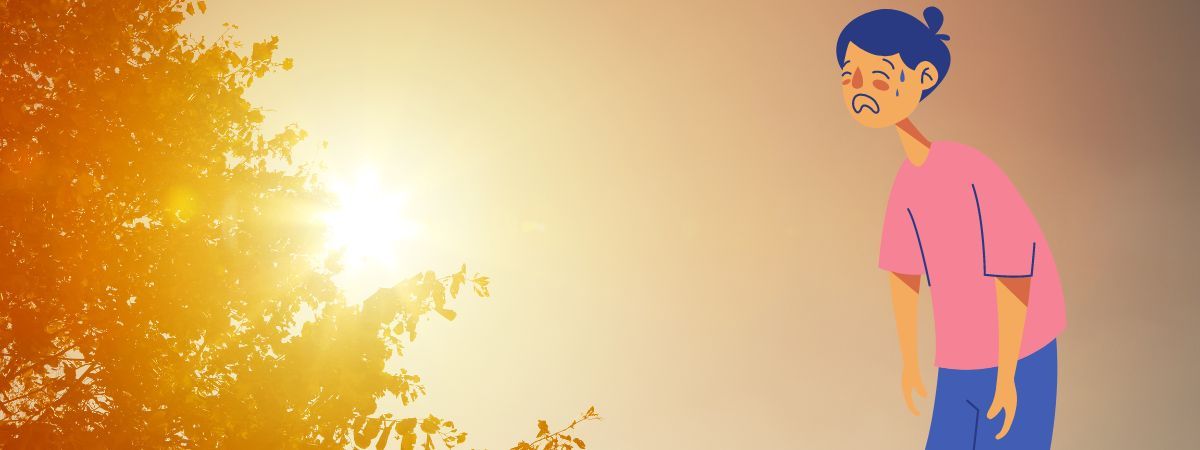Staying Safe in the Heat

With the heat of the summer in full swing, it is important to remember to take proper precautions to avoid any heat-related medical emergencies. Two of the most common heat-related emergencies are heat exhaustion and heat stroke.
According to the CDC, “heat exhaustion is the body’s response to an excessive loss of water and salt, usually through excessive sweating.” Heat exhaustion is not life threating if you can cool the body down within 30 minutes. If the individual continues to resume activity in the heat and chooses to ignore the warning signs, then they may induce a more serious condition known as heat stroke.
By definition, a heat stroke is, “a life threating condition marked especially by cessation of sweating, extremely high body temperature, and collapse that results from prolonged exposure to high temperature.” Heat strokes should be treated as a serious medical emergency. Anyone who is experiencing the following symptoms should call 911 immediately.
Heat Stroke Symptoms
- Confusion, altered mental status, slurred speech
- Loss of consciousness (coma)
- Hot, dry skin or profuse sweating
- Seizures
- Very high body temperature
- Fatal if treatment delayed
Take the following steps to treat a worker or friend with heat stroke:
- Call 911 for emergency medical care.
- Stay with the worker until emergency medical services arrive.
- Move the worker to a shaded, cool area, and remove outer clothing.
- Cool the worker quickly, using the following methods:
- Apply cold water or ice bath, if possible
- Wet the skin
- Place cold, wet cloth on the skin
- Soak clothing with cool water
- Circulate the air around the worker to speed cooling.
- Place cold, wet cloths or ice on the head, neck, armpits, and groin; or soak the clothing with cool water.
Symptoms of heat exhaustion include:
- Headache
- Nausea
- Dizziness
- Weakness
- Irritability
- Thirst
- Heavy sweating
- Elevated body temperature
- Decreased urine output
Treat a worker who has heat exhaustion by doing the following:
- Take the worker to a clinic or emergency room for medical evaluation and treatment.
- Call 911 if medical care is unavailable.
- Have someone stay with the worker until help arrives.
- Remove the worker from the hot area and give liquids to drink.
- Remove unnecessary clothing, including shoes and socks.
- Cool the worker with cold compresses or have the worker wash their head, face, and neck with cold water.
- Encourage frequent sips of cool water.
Sources:
https://www.cdc.gov/niosh/topics/heatstress/heatrelillnesshttps://www.merriam-webster.com/dictionary/heatstroke
https://www.nhs.uk/conditions/heat-exhaustion-heatstroke/
